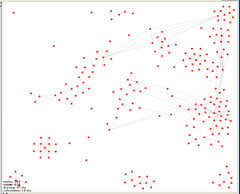
I recently made the most difficult decision I’ve had to take thus far as a journal editor. That decision was ultimately to accept the paper; that probably doesn’t sound like a difficult decision until I explain that I made this decision despite a referee saying I should reject the paper with no opportunity for resubmission not once, but twice.








